In 2016, an interesting project at the Swiss Federal Institute of Technology in Lausanne (EPFL) took inspiration from birds and created a feathered drone with unique features, according to foreign media reports. The team responsible for building this drone did not stop there, they continue to improve the design and introduce more movable parts, which makes no the drone can now fly with "unparalleled agility".
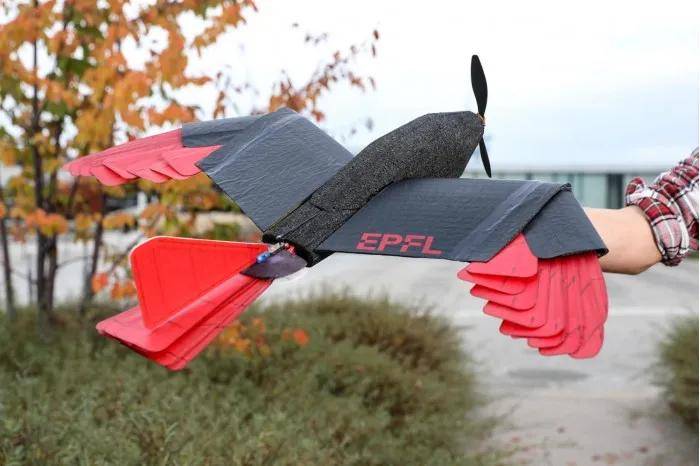
This drone from a few years ago impressed people with its ability to fly fast, make sharp turns and streamline its body in the face of strong winds. This was all made possible by its set of deformable wings, which change their span and surface area through artificial feathers that retract and expand, just like a real bird.
Now in this updated version, EPFL researchers have paired these deformed wings with a deformed tail, which has the benefit of further enhancing biomimicry. The mechanism is then understood to mimic the flight behavior of the northern hawk raptor, which can traverse forests and make adjustments in flight to pursue prey.
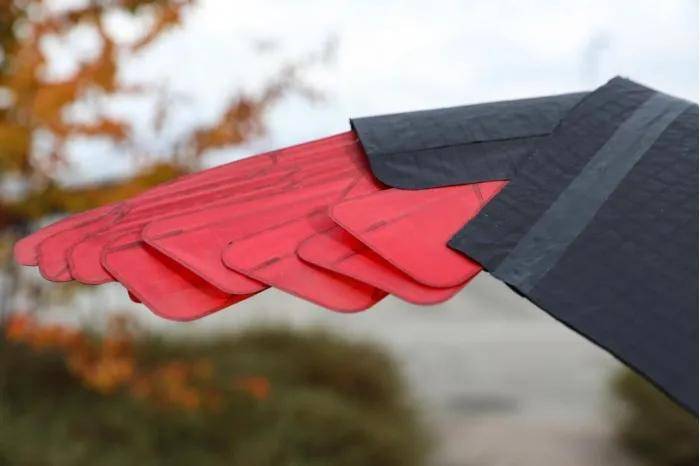
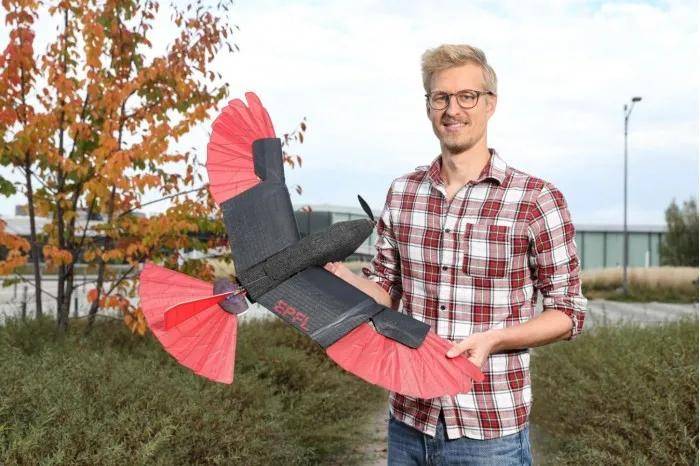
Enrico Ajanic, the study's first author on the paper, said, "The hawks achieve desired movements by swinging their wings and tails back and forth, whether it's a quick change of direction while hunting in the forest, fast flight in pursuit of prey in open areas or efficient gliding to conserve energy."
Drones use propellers instead of using wings to propel forward. In response, the researchers say the wings can be made more energy efficient. They designed the drone to move its tail back and forth to change direction faster and improve aerodynamics when trying to fly fast or even help it slow down without hitting the ground.
Winged drones like these offer longer flight times that quadcopters don't, making them ideal for certain applications such as delivering medical supplies over long distances or surveying farmland. What they don't offer, however, is the same hovering ability or agility in the air, but the researchers see their solution as a compromise.
"The drone we've just developed is somewhere in between," Floreano said, "It can fly for a long time but can be almost as agile as a quadrotor. This combination of features is particularly useful for flying through forests or between buildings in cities."

Look at the posture of this sky flying, can you imagine that it is actually a drone?
Yes, the drone was inserted into the wings, if not read the top robotics journal "Science Robotics" recently published an article, I really thought it was the proud sea swallow.
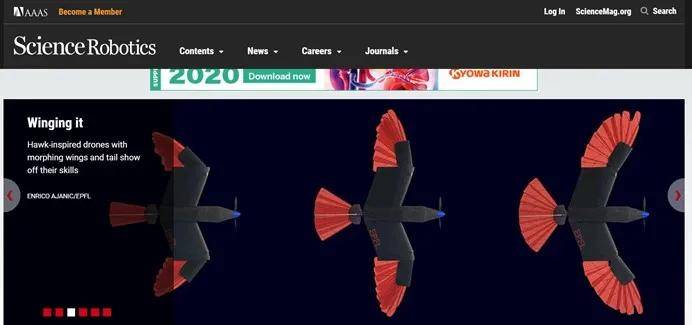
This is the latest drone developed by the Swiss Federal Institute of Technology in Lausanne (EPFL), codenamed LisHawk, and it's not the first time the concept of a bird-inspired drone has been proposed. 2016 was the first time EPFL designed a drone with morphing wings, but the prototype was relatively simple and looked like this.

EPFL has taken a step forward with the development of the LisHawk, a drone that claims to have "unparalleled agility". When flying, the shape of the LisHawk's wings and tail work in tandem to allow for faster turns.
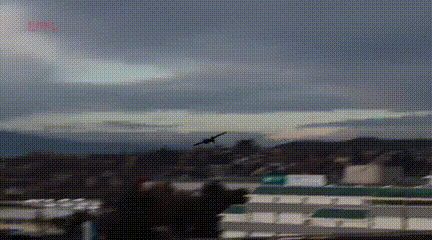
Sudden deceleration.
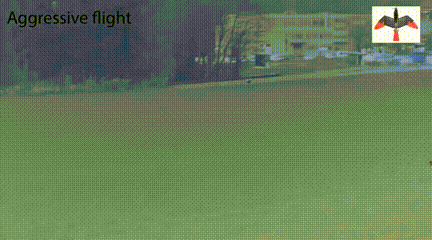
Even a 360-degree turn in the air:

Wings and tails - start by imitating the body structure of a bird
The bird's wings and tail are the most important parts in flight. By swinging the tail back and forth, the bird can maintain pitch stability during the gliding process.

To mimic this feature, LisHawk's wings and tail change shape in a folded fashion.
The deformation area on the side of the wing consists of nine artificial feathers, which spread out in a fan shape when the wing is extended and do not fall to the ground when flying slowly in the air, while they overlap each other when the wing is folded so as to change direction faster in flight and reduce air resistance when flying fast.
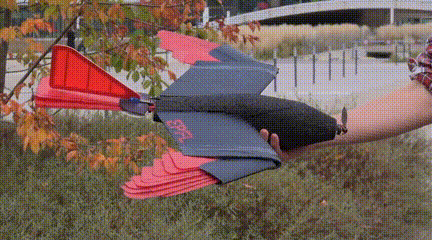
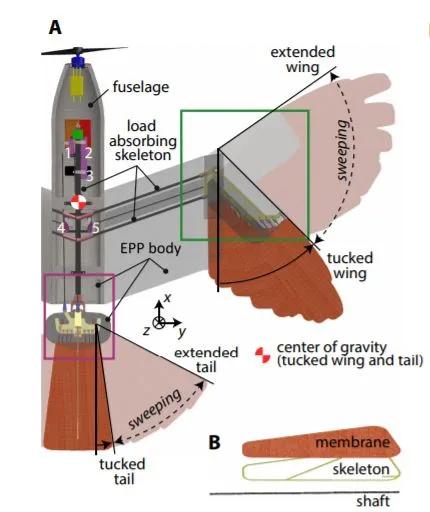


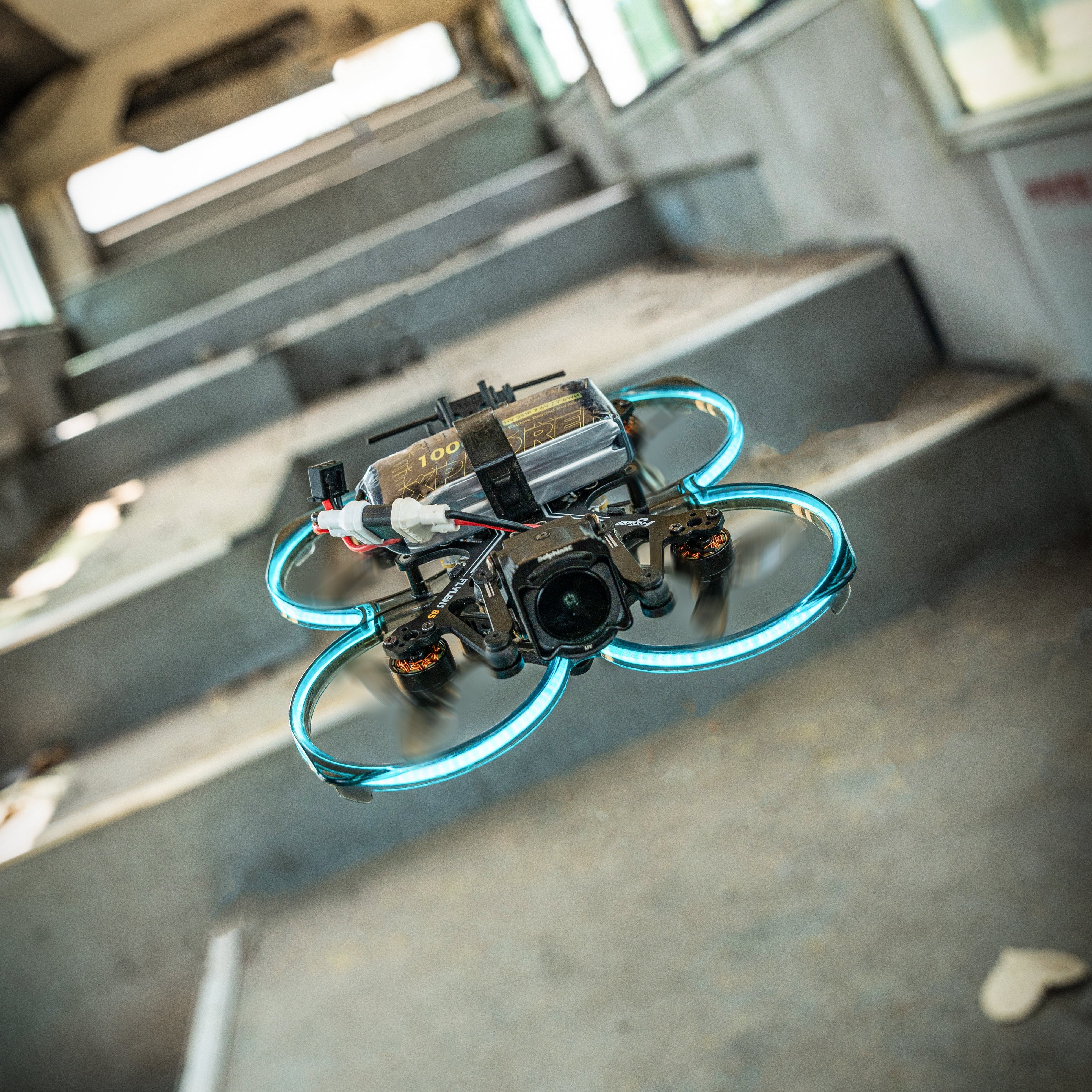
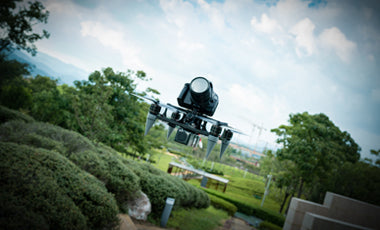

Leave a comment